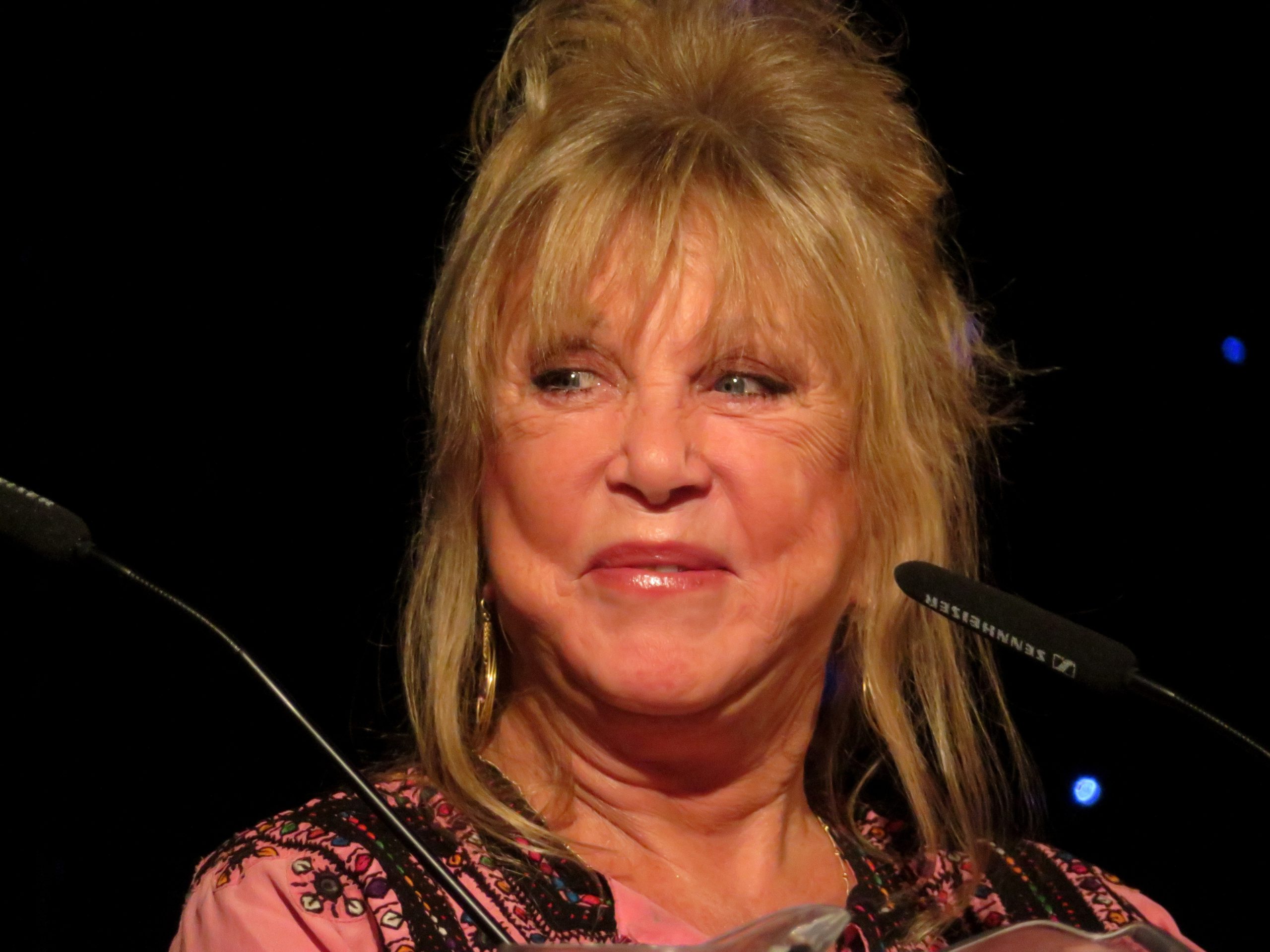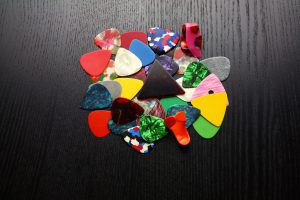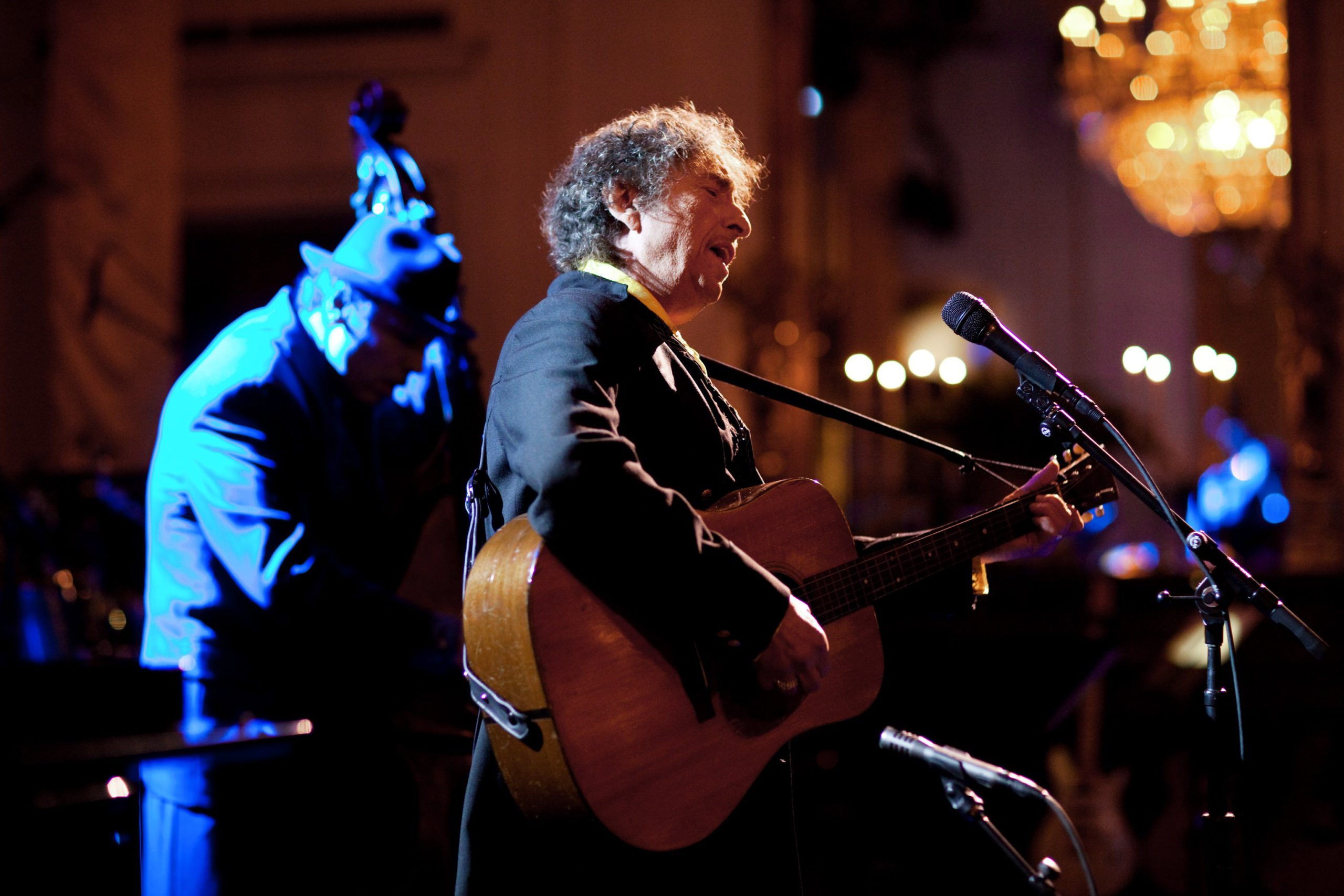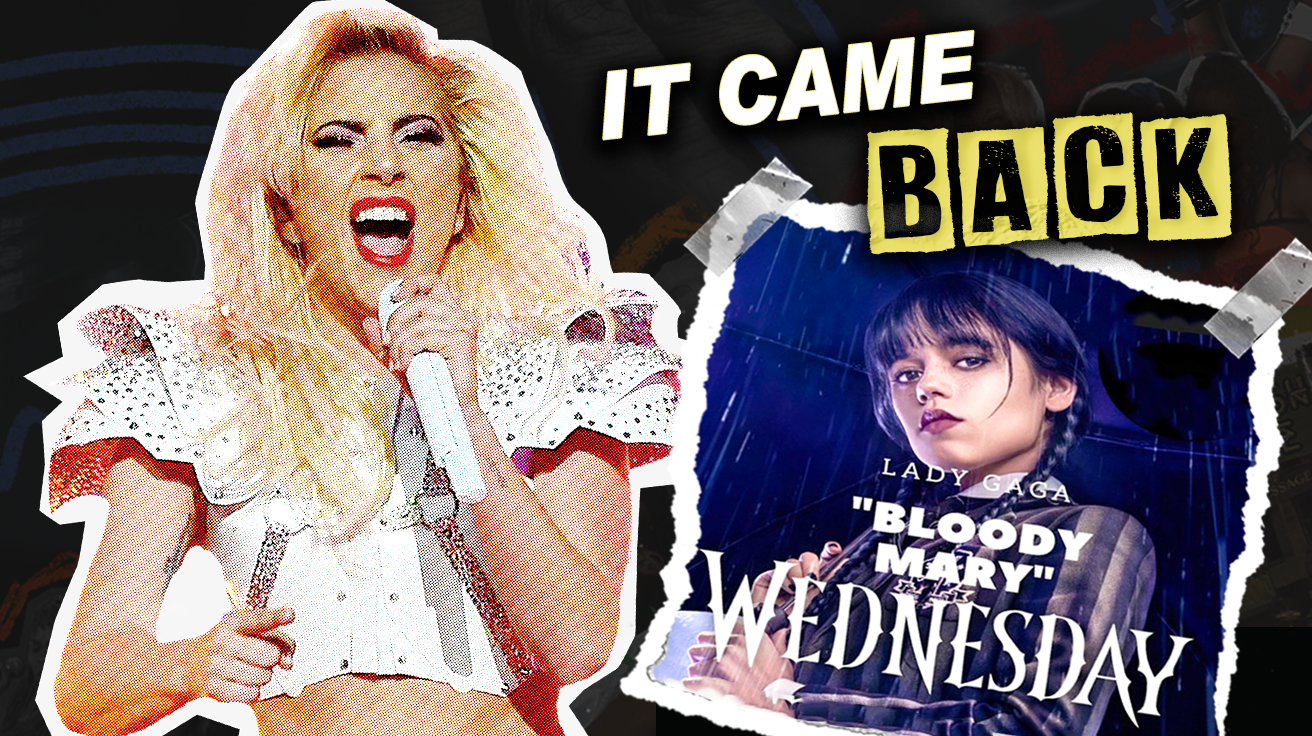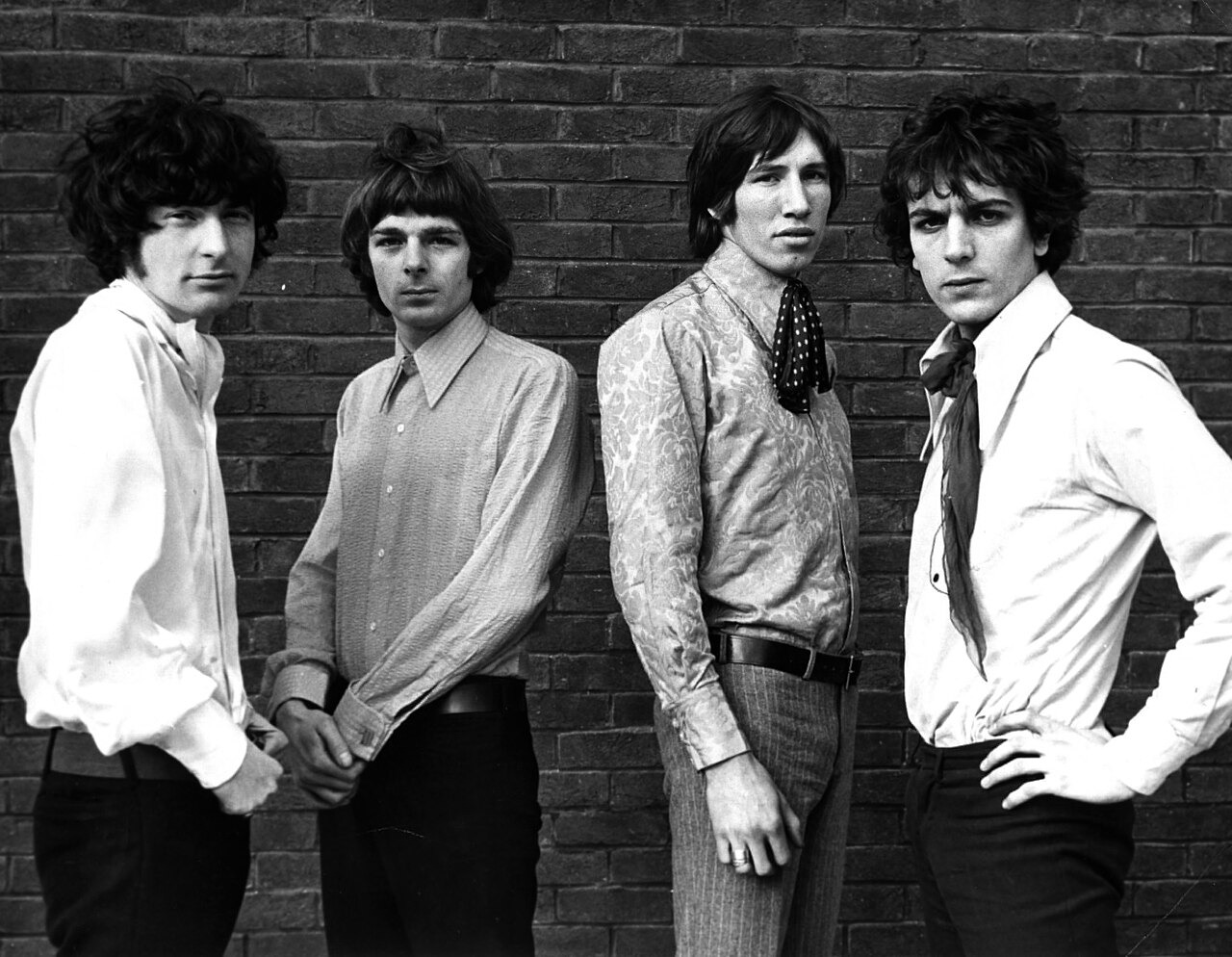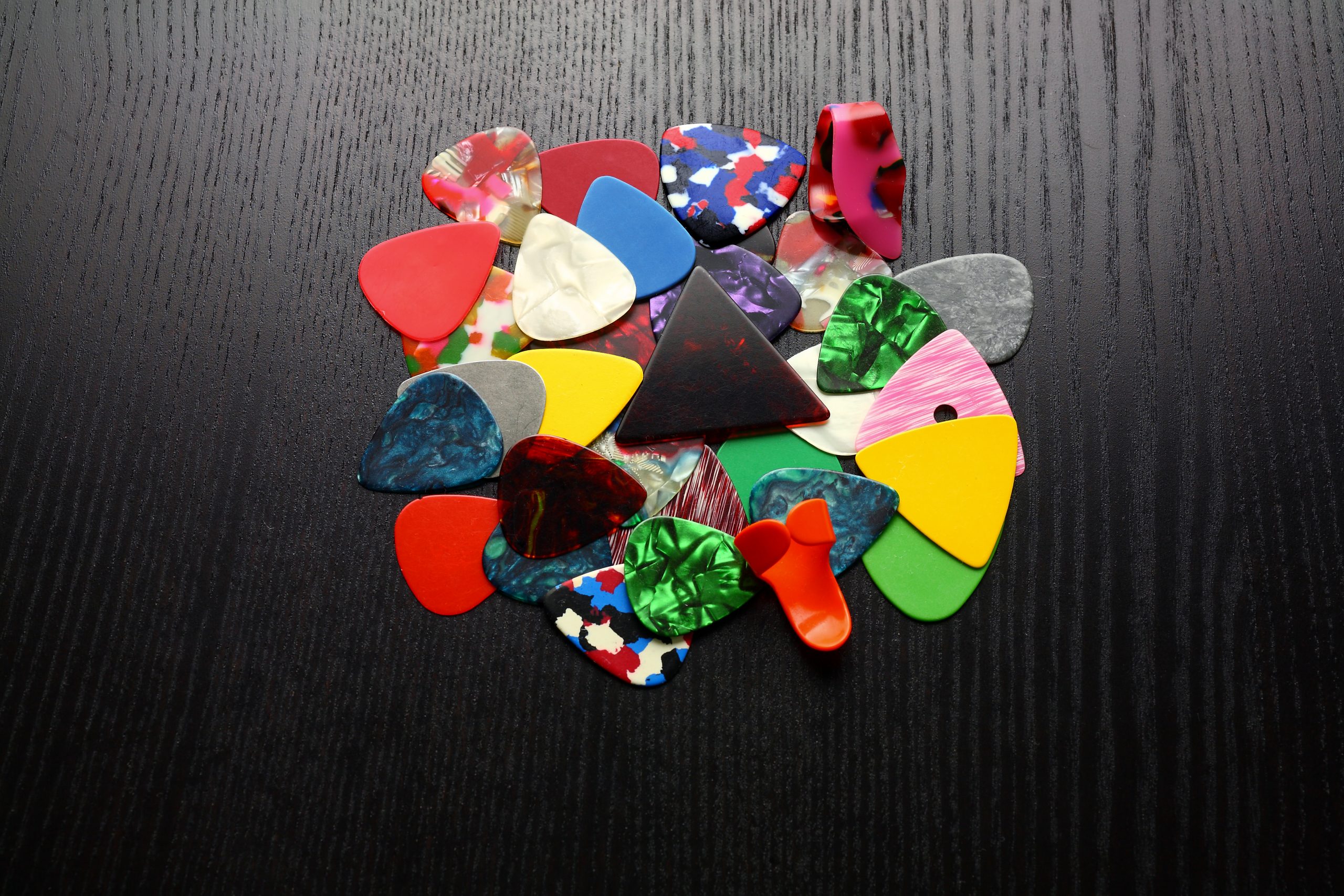Rock’s most beloved love songs turned real women into artistic property—often without them knowing for decades.
Rock history celebrates the tortured artist and his muse, but the actual women behind some of music’s most famous love songs often had no idea they’d been transformed into melody and myth. While men gained fame and fortune from immortalizing their obsessions, the women themselves were reduced to footnotes in someone else’s creative legend.
These stories reveal a troubling pattern that goes beyond individual romance. They expose how the music industry has historically extracted value from women’s lives without consent, compensation, or even acknowledgment.
Pattie Boyd’s Double Immortalization
The woman who inspired both “Layla” and “Something” became a prize passed between rock legends.
Pattie Boyd became perhaps rock’s most famous musical muse, inspiring songs by both her husband, George Harrison, and his best friend, Eric Clapton. Harrison wrote “Something”—widely considered one of The Beatles’ greatest love songs—about Boyd, while Clapton’s obsession manifested in his entire 1970 album “Layla and Other Assorted Love Songs.”
The competition between the two musicians reached legendary status when they reportedly staged a “guitar duel” over Boyd at Friar Park in 1974. Boyd finally left Harrison that same year and eventually married Clapton in 1979. Harrison and Clapton maintained their friendship throughout, with Harrison calling Clapton his “husband-in-law”—terminology that reveals how Boyd was conceptually passed between men rather than treated as an autonomous person.
When Boyd jokingly asked Clapton for royalties to “Layla,” he reportedly responded, “Are you kidding.” As one analysis noted, Boyd was “sadly passed around and mistreated by the two, becoming an inconvenience when she no longer served as their muse.”
Caroline Kennedy’s Childhood Commodified
Neil Diamond’s shifting explanations for “Sweet Caroline” reveal uncomfortable truths about inspiration.
Neil Diamond’s 1969 hit “Sweet Caroline” reached No. 4 on the Billboard Hot 100, but the identity of “Caroline” remained mysterious for nearly 40 years. In 2007, Diamond finally revealed he was inspired by a magazine photograph of Caroline Kennedy as a child in riding gear, seen when he was a “young, broke songwriter” in the early 1960s.
The revelation raised uncomfortable questions. Kennedy was 11 when the song was released. Perhaps sensing the problem, Diamond later offered an alternative explanation in 2014, claiming the song was actually about his wife, Marcia Murphey, and he simply needed a three-syllable name that fit the melody.
The Economics of Erasure
Women provided the raw material while men harvested the creative and financial rewards.
These stories illuminate a broader pattern in rock history: women transformed into artistic property without consultation or compensation. The songs generated substantial wealth and enduring fame for their creators, while the actual women received nothing.
It’s the same dynamic you see in today’s influencer economy, where someone’s private moment becomes another person’s content—except these women didn’t even know they were being monetized until decades later. Boyd and Kennedy had to navigate public attention they never sought, living with mythologized versions of themselves created by men who claimed to love them but never asked permission to immortalize them.
The muse economy, it turns out, runs on extraction—turning women’s emotional labor into someone else’s artistic gold.


